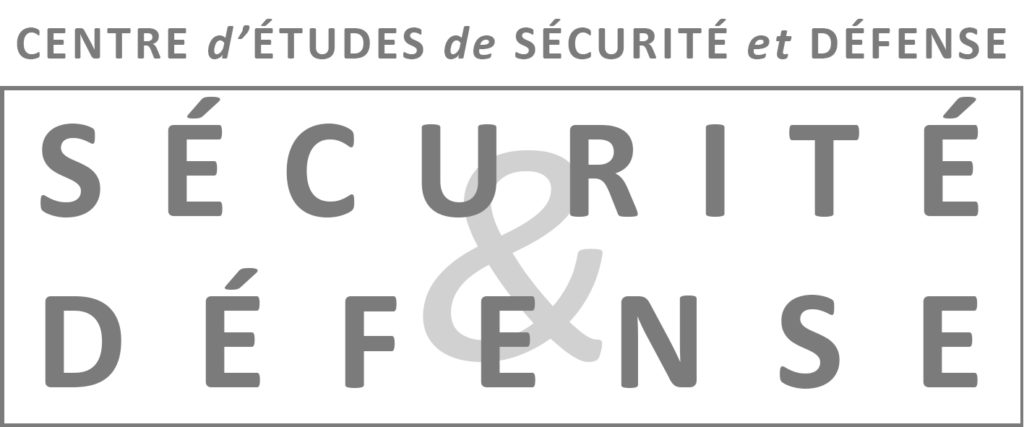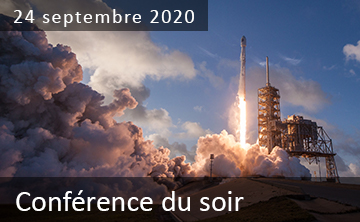
The Age of Domes: How Global Changes Will Shape Borders and Surveillance Technologies
It is always difficult to envisage developments in the world in the field of security. The present study is not intended to build a futurological narrative. Rather, it will attempt to identify the major trends in current transformations that will impact on the design of future security architectures. Artificial intelligence, robotics, nanotechnologies, precision weapons are already integrated technologies within the world’s major defense structures.
However, as we know, any technological break-up is not a sui generis phenomenon. It is part of a wave of social and political transformations that carries it. In other words, the technical changes that have taken place are rooted in social, demographic and political upheavals.
Through the perspective of the main changes affecting the socio-political equilibrium of the international system, our aim will be to identify the major security and technical transformations that will tomorrow alter the geopolitical equilibriums of the world.
The content of our demonstration will consist in highlighting the emergence of what we mean by « dome », that is to say the multiplication of vast technico-diplomatic ensembles based on the coalition of states brought together by a convergence in deterritorialized alliances. These domes are principally ruled by technological convergences among their members. Domes will be principally governed by private companies which are at the source of the emerging and converging technologies aimed at regulating societies and maintaining security. As it will be explained, autonomous surveillance weapon systems (ASWS) will play a key role in such a context.
Such developments will raise questions about the future of relations between the State, the private sector, society and technology. We will also question the adequacy of such technological systems with future threats.
The second volume deals with the level of predictability of future scenarios as to the CSDP, which depend on the progress achieved between December 2013 and June 2015 and on the general security-defence context in 2016. It presents various constraints (budget, capacity, politics, industry, concept, etc.) before identifying several possible scenarios in the field of CSDP. We then attempt to classify these scenarios with a view to aligning them with the Belgian lines of action in the field of CSDP. Finally, recommendations are offered for consideration.
Télécharger le Sécurité & Stratégie 132
(Disponible uniquement en anglais)
Ligne de recherche : Capacités et technologies de défense


New Space : conséquences politiques, industrielles et doctrinales de l’entrée des nouveaux acteurs du secteur spatial
Alain DE NEVE

